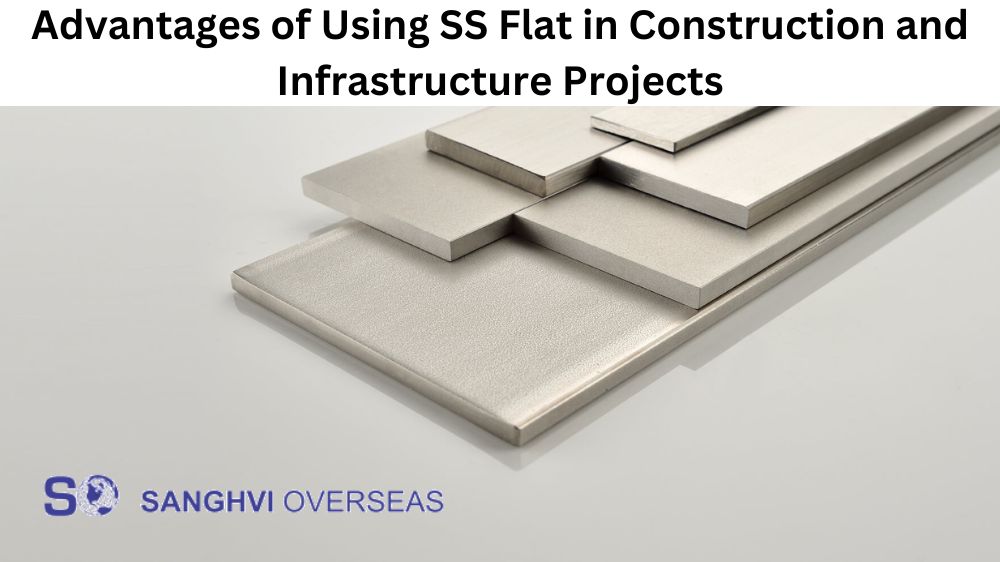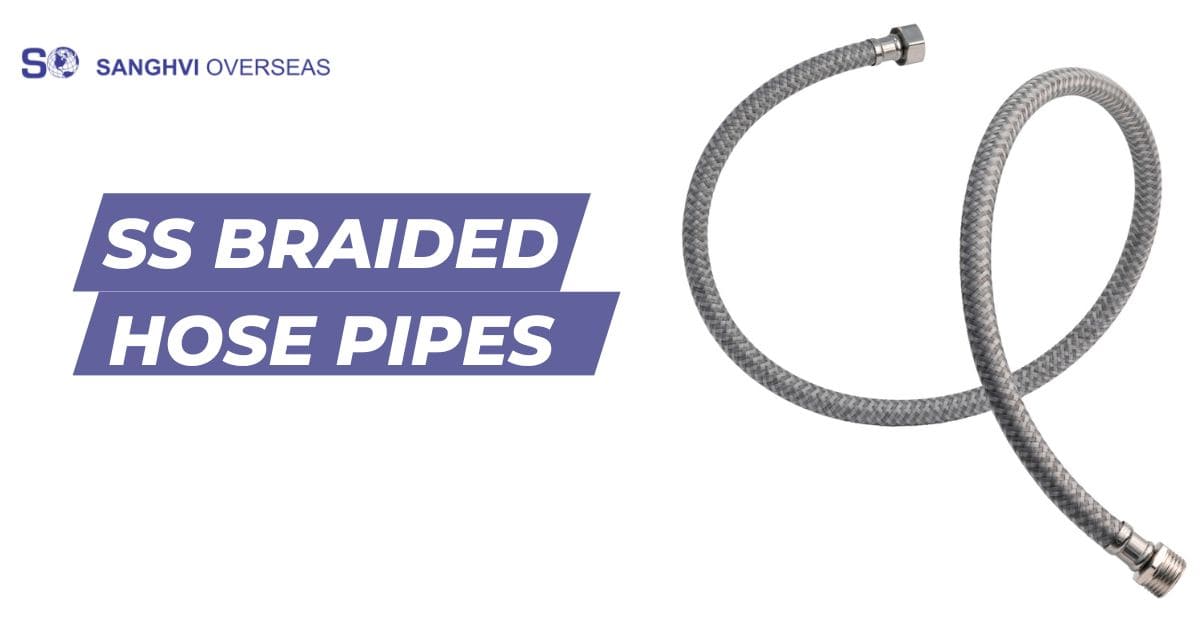In various industrial sectors, piping systems are crucial in transporting fluids from one place to another. Piping systems comprise piping elements such as fittings, valves, and pipes, of which unequal tees are one of the most crucial components. Compared to other tee configurations, unequal tees have varying diameters and provide diverse benefits for the piping system. This article delves into the applications and advantages of using unequal tees in piping systems across diverse industries.
What is Unequal Tees?
Unequal Tees is a clothing line specializing in ethically sourced apparel, emphasizing sustainability. They use organic cotton, recycled plastics, and low-impact dyes to reduce their environmental footprint. Their designs are also unique and locally inspired; some products feature traditional hand embroidery with local prints and colours. Additionally, they use environmentally friendly packaging and production processes which help promote long-term sustainability. Their goal is to create eco-friendly clothing that still looks stylish and supports small businesses across the globe.
Applications of Unequal Tees in Piping Systems
Unequal tees are widely used in various piping systems for different applications. These include controlling system pressure, regulating flow, and diverting and blending liquids or gases in industrial settings. The shape of the unequal tee allows for a larger section to be connected on one side, while the other end is a smaller diameter that can direct liquid or gas into outlets. This provides flexibility when designing pipe systems since lengths do not need to be balanced between each leg, and they also provide more pressure than traditional equal tee fittings due to their unique profile. Unequal tees are also useful in managing high-pressure applications as they help reduce turbulence while allowing the liquid or gas to move quickly through the line.
Advantages of Using Unequal Tees in Piping Systems
One of the significant advantages of unequal tees in piping systems is that they are highly versatile. The systems can be customized to meet specific requirements ranging from small to extensive processes. The uneven configuration of unequal tees ensures support in areas where flow changes and classic tees fail to support the system. Additionally, unequal tees maintain the fluid flow direction when water or gas is diverted from one portion of the system to a specific point.
Materials Used in Making Unequal Tees
Unequal tees are an essential part of many piping systems as they provide a way to create a connection between two pipes of different diameters. The materials used in making these components typically depend on the application they’ll be used for. Generally, unequal tees can be constructed from either metals or plastics. For metallic construction, common materials include carbon steel, stainless steel and copper alloys such as brass and bronze. Plastic-based unequal tees are usually made from polyvinyl chloride (PVC), chlorinated PVC (CPVC) and acrylonitrile butadiene styrene (ABS). Each material has its benefits – metal is robust and durable while plastic is lightweight and cost-effective – so the choice ultimately depends on the intended purpose of the tee.
How to Install Unequal Tees in Piping Systems
Unequal tees are easy to install, but proper precautions should be taken. A flange or gasket must be used during installation to ensure water tightness, and the system must be checked for leaks. The varying size diameters in unequal tees mean they have to be sized correctly. The flow direction in the tee indicates how the component should be installed.
Replacement and Maintenance of Unequal Tees in Piping Systems
Like other piping components, unequal tees require replacement and maintenance when necessary. One of the indicators that an unequipped tee needs replacement is when it shows signs of wear and tear, such as leaks or damage. Regular maintenance also prolongs the lifespan of unequal tees in the piping system.
Conclusion:
Unequal tees have numerous applications and advantages in piping systems in diverse industrial sectors. Their versatility, easy installation, and customization potential make them ideal for processes where fluid flow direction changes from one point to another. Choosing the right materials, proper installation, and regular maintenance ensures the longevity of unequal tees in the piping system. Therefore, unequal tees remain a cost-effective, efficient, and reliable solution for piping systems in various industries.
















